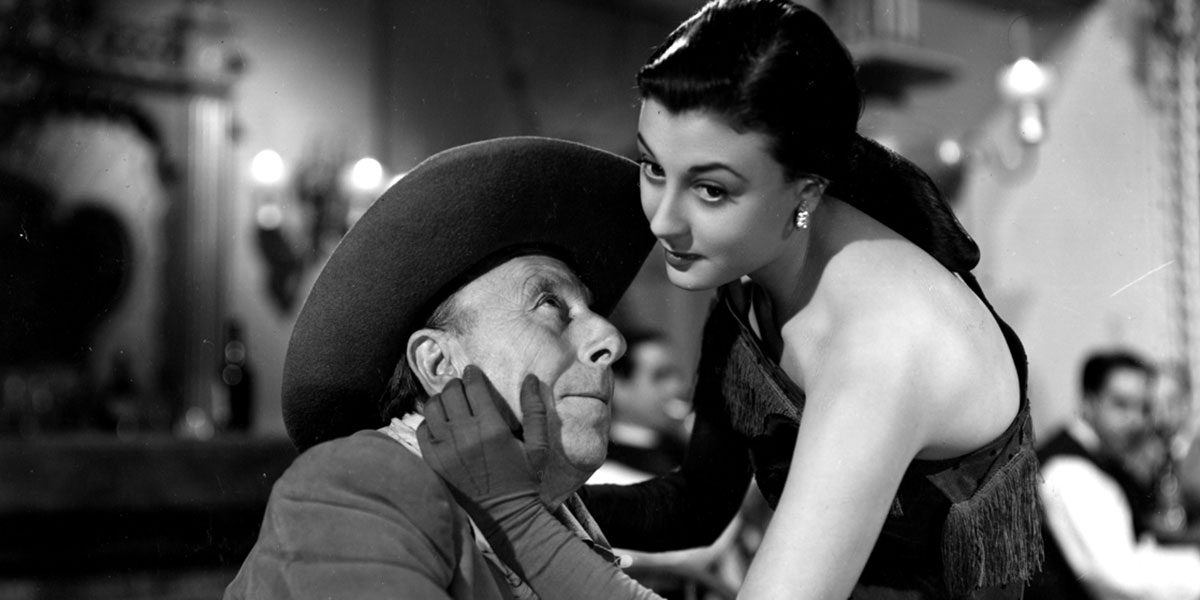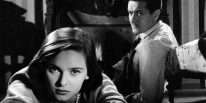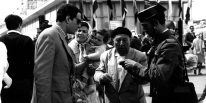Welcome Mister Marshall!
(¡Bienvenido Mister Marshall!)
Luís García Berlanga / Spain / 1952 / 78 min

Related Films
 Aunt Tula(La Tía Tula)Miguel PicazoA widower finds himself falling for his sister-in-law. For his intelligently staged debut feature – a film about women making decisions of whom to ...
Aunt Tula(La Tía Tula)Miguel PicazoA widower finds himself falling for his sister-in-law. For his intelligently staged debut feature – a film about women making decisions of whom to ... Death of a Cyclist(Muerte de un Ciclista)Juan Antonio BardemAn adulterous couple hit a cyclist while driving on a deserted highway. Bardem’s most celebrated solo effort centres on the angst of an adulterous ...The Disenchantment(El Desencanto)Jaime ChavarriThe widow and children of an official poet of Franco’s regime speak out. A veritable cult classic, this documentary profiles the widow and children of ...
Death of a Cyclist(Muerte de un Ciclista)Juan Antonio BardemAn adulterous couple hit a cyclist while driving on a deserted highway. Bardem’s most celebrated solo effort centres on the angst of an adulterous ...The Disenchantment(El Desencanto)Jaime ChavarriThe widow and children of an official poet of Franco’s regime speak out. A veritable cult classic, this documentary profiles the widow and children of ... The Executioner(El Verdugo)Luís García BerlangaBerlanga’s most elegant film tells the story of a funeral-home employee who marries a government executioner’s daughter and – in order to get an ...From Pink to Yellow(Del Rosa…al Amarillo)Manuel SummersTwo love stories are told in parallel: in the first, demythologising the love of innocents, a young boy falls for an older girl and becomes increasingly ...
The Executioner(El Verdugo)Luís García BerlangaBerlanga’s most elegant film tells the story of a funeral-home employee who marries a government executioner’s daughter and – in order to get an ...From Pink to Yellow(Del Rosa…al Amarillo)Manuel SummersTwo love stories are told in parallel: in the first, demythologising the love of innocents, a young boy falls for an older girl and becomes increasingly ...Synopsis
Spanish with English subtitles
The witty, multi-layered and subversive Welcome, Mr Marshall! – a watershed in Spanish cinema history – captures the intrigues and insecurities of a Castilian village that rouses at the news that Americans, representing the post-WW2 European Recovery Program (the Marshall Plan), are due to visit. With the help of Juan Antonio Bardem and humorist Miguel Mihura, Berlanga transformed what began as a hymn to Spanish hospitality into a sinister critical farce about meek villagers and their incompetent leaders, as the local mayor kits out all the men in traditional Andalusian costume and the women as flamenco dancers.
United States, which offered a varied and exciting panorama on the collective imagination, had just getting by without a trace. A broken dream that just had caused costs, when they really needed their help. The image on the floor of a sad flag with stars and stripes, washed away the rain, was a powerful and eloquent ending.
Ironically, the film missed out on a Cannes prize when jury member Edward G Robinson complained of its anti-Americanism.